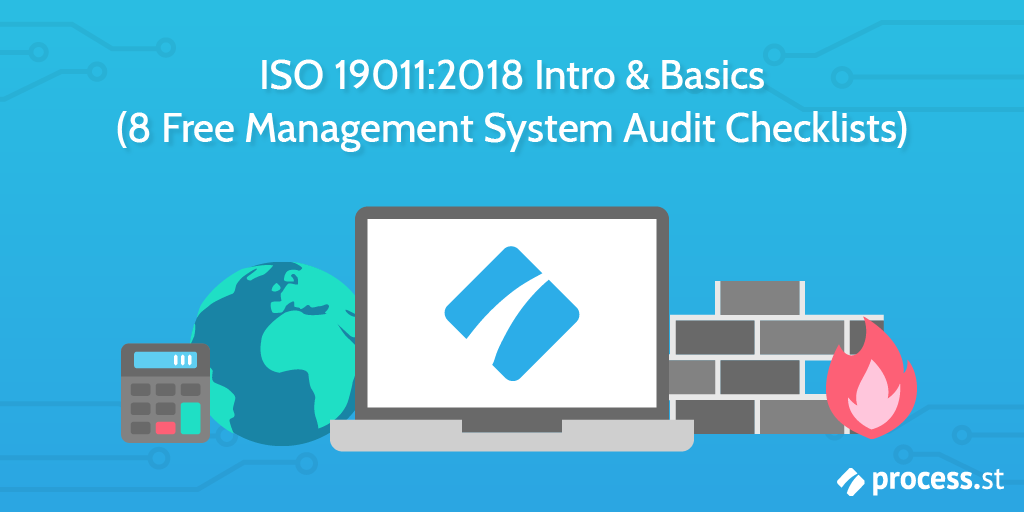
Consumer Reports publishes an annual reliability survey, which includes data on over 470,000 cars.
In this report, owners of Tesla’s Model 3 experienced a number of problems, including chassis hardware, paint and trim related faults, indicative of a build quality that fell far shorter than expected standards set across the automotive industry. The Model 3 represents Tesla’s first real attempt at a mass-market electric vehicle, and the issues surrounding its launch created much frustration and controversy among electric vehicle enthusiasts.
This lack of quality assurance has lost at least one major $5 million order of Model 3 vehicles from a rental company, in relation to problems with the service and performance of previously purchased vehicles.
In an email, NextMove wrote:
“Tesla Model 3 vehicles, which NextMove was supposed to take over after payment and only a short examination, sometimes had serious defects: defective tires, paint and body damages, defective charge controllers, wrong wiring harnesses or missing emergency call buttons. Such quality defects would have endangered the safety of the customers and the profitability of NextMove.”
Stefan Moeller, Managing Director of NextMove, went on to say:
“We had to insist on compliance with general quality standards and processes in order to protect our renters and our business model.”
Why did Tesla have so many problems? Crucially, Tesla made the decision to deliver the product to market and sort out the issues later.
Basically, they didn’t have a strong enough system for managing quality.
We call these Quality Management Systems (QMS) – and they work.
The rest of the auto-industry follows a specific quality management system structure. It’s called ISO/TS 16949:2009 and it’s a variant of ISO 9001.
People follow quality management systems for various reasons; they improve quality first and foremost. But they also have a positive impact on the bottom line.
The return on investment (ROI) of a quality management system is typically impressive:
As a guide, a recent study undertaken through the American Society for Quality (ASQ) showed that for every $1 spent on your QMS, you could expect to see an additional $6 in revenue, a $16 reduction in costs, and a $3 increase in profits. On average, they saw that quality management reduced costs by 4.8% – ASQ
In this Process Street article, we’ll be looking at how ISO 9001 can be used to assure quality control across all types of organizations, with benefits like improved company performance, higher demand for products, and a competitive advantage towards increasing market share.
What we’ll cover:
- ISO 9001: Free templates!
- What is ISO 9001? A simple introduction
- Anatomy of ISO 9001: 2015 for Quality Management
- Quality management: What is it & why does it matter?
- ISO 9001 for continuous improvement
- Agile ISO
- What does it mean to be ISO 9001 certified?
- ISO 9001 audit
- Implement ISO 9001 with Process Street
- Related ISO standards
For the uninitiated, what is ISO 9001, as simply as possible?
Continue Reading







 Workflows
Workflows Forms
Forms Data Sets
Data Sets Pages
Pages Process AI
Process AI Automations
Automations Analytics
Analytics Apps
Apps Integrations
Integrations
 Property management
Property management
 Human resources
Human resources
 Customer management
Customer management
 Information technology
Information technology







 If you’re manufacturing food, drinks, or medicine, you know you have a sea of regulations and standards which you need to hit and adhere to.
If you’re manufacturing food, drinks, or medicine, you know you have a sea of regulations and standards which you need to hit and adhere to. What’s the worst that could happen? Risk management is one of the first things you should be thinking about when planning for pretty much anything in your business.
What’s the worst that could happen? Risk management is one of the first things you should be thinking about when planning for pretty much anything in your business.
